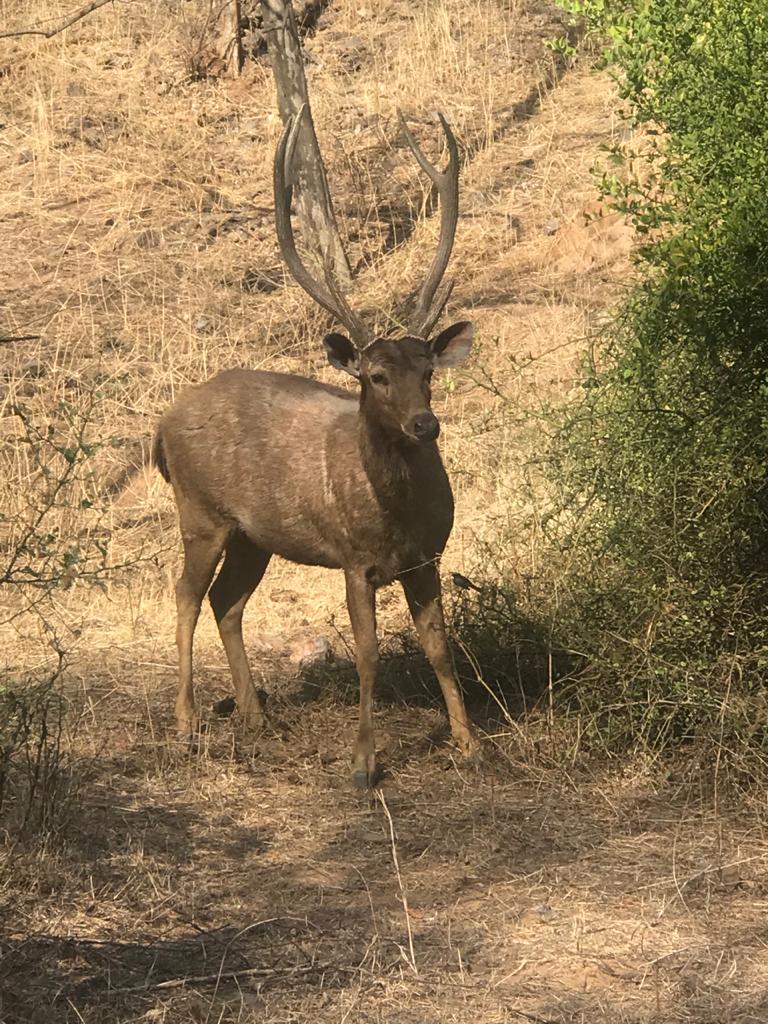Daranghati is well-known for being part of the Old Hindustan-Tibet Road which originally served as the Bushahar dynasty’s game reserve. Daranghati Wildlife Sanctuary is home to a wide variety of Forest creatures across its expansive 171 square kilometers and unique ecosystems. The Sanctuary can be entered from either Rampur or Sarahan.
The best route to the sanctuary is via NH-05, which goes all the way to the historic district of Rampur Bushahar. From Taklech, you can go to the Sanctuary’s southernmost region. To reach Mashnoo, one can either follow the Old-Hindustan Tibet Road, which passes through the city or take the road heading up to the sanctuary, where one can hike the many paths that wind through the nearby mountains. The sanctuary effectively encompasses the wilderness on three sides, including the area around Kashapat.
There are several animal species and more than 150 bird species at the Sanctuary. The Himalayan brown bear, black bear, musk deer, serow, Himalayan weasel, and blue sheep are among the region’s most well-known creatures. Common bird species include pheasants such as the Koklass Pheasant, Cheer Pheasant, and Khaleej Pheasant. The Western Tragopan, or Jujurana as it is known in its native Himachal Pradesh, is the state bird of that state, and the sanctuary is one of the few places where it can be found in its natural habitat where you can visit the sanctuary by staying in a resort in Dharamshala, Himachal Pradesh.
In the same way that other Himalayan sanctuaries do, Daranghati Sanctuary draws a lot of hikers. Daranghati is a popular destination for hikers who want to test their mettle against the elements by staying in a resort in Dharamshala. The journey can begin in Sarahan and take them via the old silk road that passes through Nakranda, Baggi, Sungri, Taklech, and Kareri. n. Those who enjoy climbing to great heights will find this region to be a paradise.

Best Season to Visit:
It was Trogpan, Koklas, and Kalij who first Two of the best times of year were April-June and October-November. On March 27, 1974, the region around the Daranghati refuge was officially designated as a wildlife sanctuary, and it features a large, unspoiled forest area teeming with a variety of animals. This sanctuary occupies a total area of 16740 hectares. The Himalayas are home to a wide variety of animal species, including the black bear, brown bear, Himalayan palm civet, barking deer, musk deer, flying fox, Goral, Indian hare, striped hyena, Himalayan ibex, leopard, serow, blue sheep, common giant flying squirrel, and Himalayan weasel.
The refuge is interlaced with bridle pathways and inspection trails. Please ask the forest rangers in Dofda or Sarahan for help if you get lost. Those who enjoy climbing to great heights will find this region to be a paradise.
How to get there:
Jubbarhatti airport is conveniently located only 23 kilometers from Shimla, and many major domestic airlines offer direct flights to the city. Delhi is a great departure point because of the availability of direct flights. Toy trains travel between Kalka and Shimla on a small gauge railway line. The train moves leisurely through valleys and scenic scenery, making the trip enjoyable. You may catch trains to different parts of India from Kalka. From Shimla, you can take either the standard multiple-car Toy train or the single-car Toy train with a glass roof for an exciting ride.
Highways link this state capital to the rest of Himachal and the rest of the state’s major cities. From both Delhi and Chandigarh, you may take a bus to Shimla, and once there, you can choose from a variety of luxurious options. Alternatively, the Rohtang Pass serves as an alternate route to Leh and Ladakh.
Featured Image credit: himachalwatcher.com